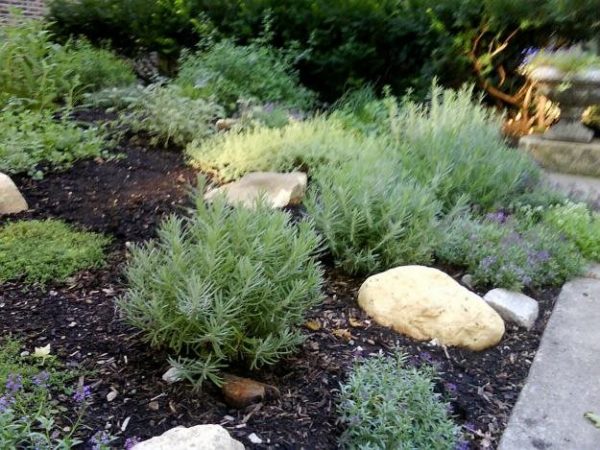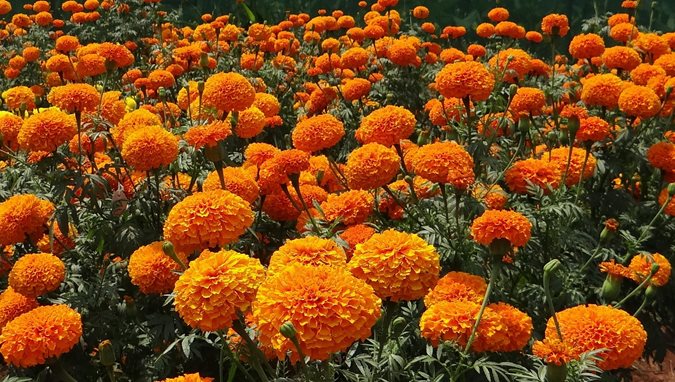Plants bring joy to our homes, in addition, with their natural fragrances, they can often provide healing or relaxing effects due to their properties. Among the benefits of plants here in Spain is one that many will appreciate, those that are ideal for repelling mosquitoes and other insects.
The heat becomes more intense every day and these flying insects sneak into our homes and can often become our worst enemies. Their bites affect the whole family and their penetrating sound fluttering around our ears is particularly disturbing. As such there are a number of plants that could be your best ally. Take note of the following species of indoor plants and say goodbye to mosquitoes:
- Lavender
Have you ever noticed that insects have never decimated your lavender plant? It is because of their lovely fragrance, which comes from its essential oils that are found on the leaves of the plant. It is even argued that lavender oil hinders a mosquito’s ability to smell!

This plant is very tough and drought-resistant once established, and only needs full sun and good drainage. And while it can endure many climates, it thrives in warmer areas. Read more about growing lavender.
- Marigold
Marigolds, an easy-to-grow annual flower, emit a smell that deters mosquitoes. Grow them in pots and place them near your patio or entrance to your home to keep bugs out. Marigolds are also a popular addition to borders and vegetable gardens. According to NYBG, not only can they keep away mosquitoes, but they also dissuade aphids, thrips, whiteflies, Mexican bean beetles, squash bugs, and tomato hornworms. Read more about growing marigold flowers.
- Citronella Grass (Lemon Grass)
Known for its distinct smell, citronella grass (or lemon grass) is the most commonly used natural ingredient in mosquito repellants. In fact, the Brooklyn Botanic Garden recommends lemon-scented plants such as citronella grass to keep mosquitoes at bay. And the good news is that the living plant is the most effective at repelling pests. This low-maintenance plant does best in large planters because it cannot withstand frost, but in warmer climates, can be planted directly a sunny area in the ground.
- Catmint
Catnip (catmint) can be found thriving almost anywhere. It is from the mint family and grows abundantly both as a commercial plant and as a weed. It is very easy to take care of and may even start to invade other areas of your garden. However, if you are willing to forgo this plant’s insidious nature, they are amazing mosquito repellents and another recommendation from the BBG. In a study at Iowa State University, catmint was found to be ten times more effective than DEET, the chemical used in most insect repellents. Read more about growing catmint plants.
- Rosemary
Another great mosquito repellent is rosemary, a herb that many of us are very familiar with and their woody scent is exactly what keeps mosquitoes as well as cabbage moths and carrot flies away.

- Basil
Basil is another herb that can also double as a pest repellent. The pungent smell the basil leaves give off are what keep pests at bay. And since all kinds of basil work to keep flies and mosquitoes at bay, feel free to explore and find the right types of basil to mix into your garden. This herb likes to be kept damp, needs good drainage, and enjoys lots of sun. You can plant basil in containers or in the garden, alone or with other flowers, as long as both plants meet the same requirements. Read more about growing basil.
- Mint
Mint is an excellent nontoxic option for keeping mosquitoes, flies and even ants away. The more pungent the aroma, the less bugs you’ll have. Grow it in pots on your patio where it can be easily reached if you want to drop a leaf or two in your afternoon tea. You can even dry the leaves and use them inside your home as a natural pest control method.





